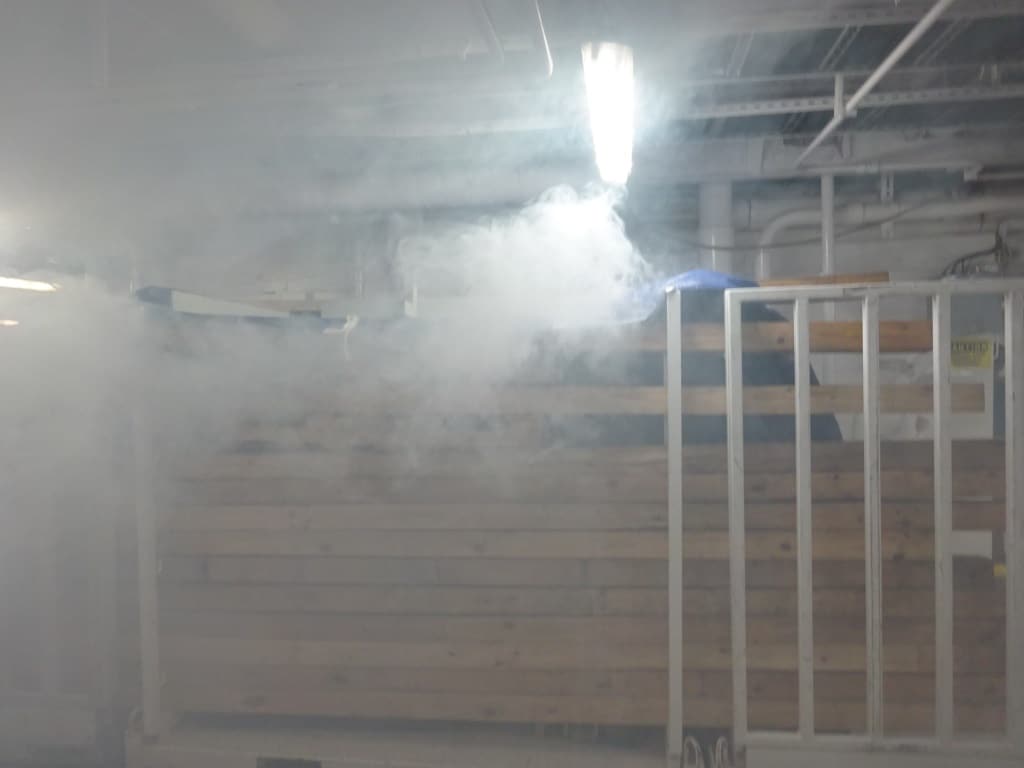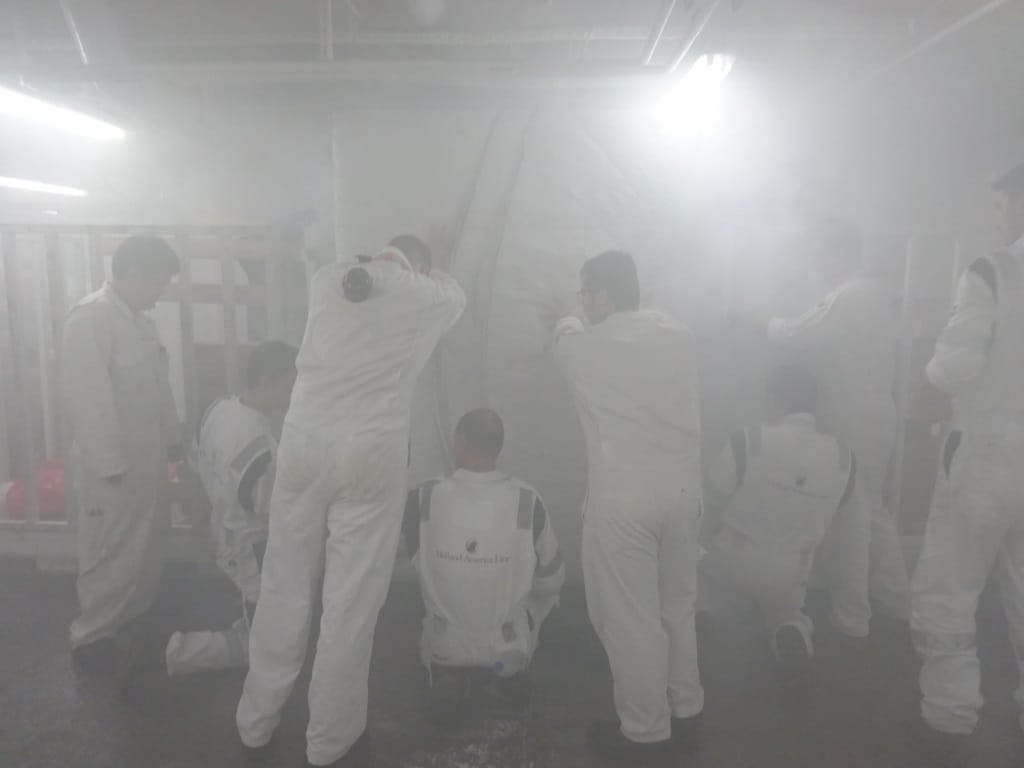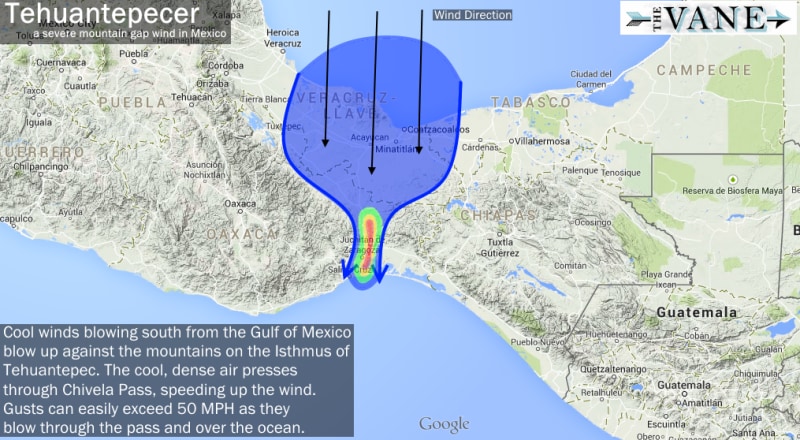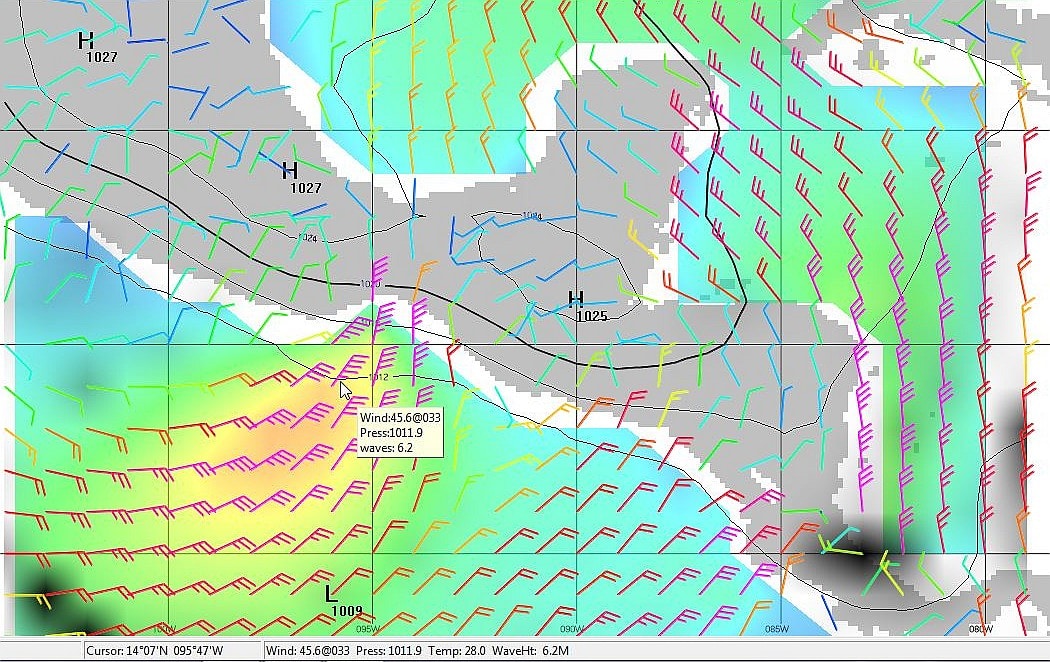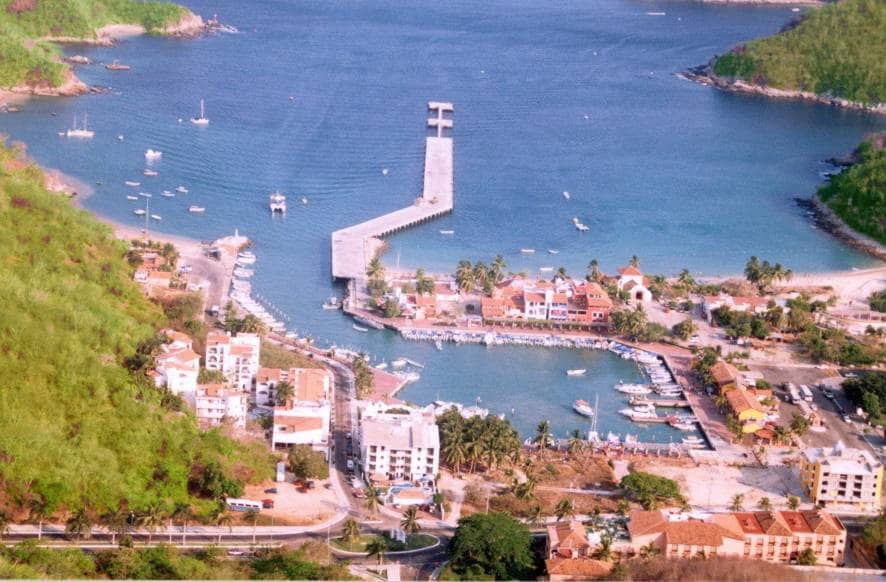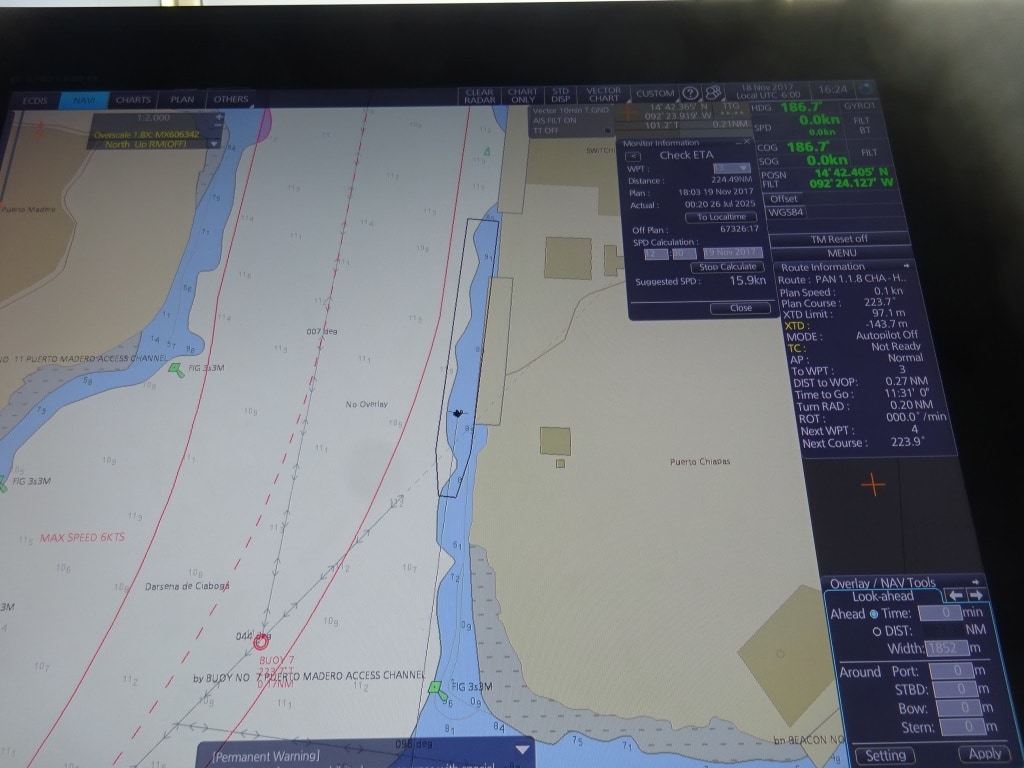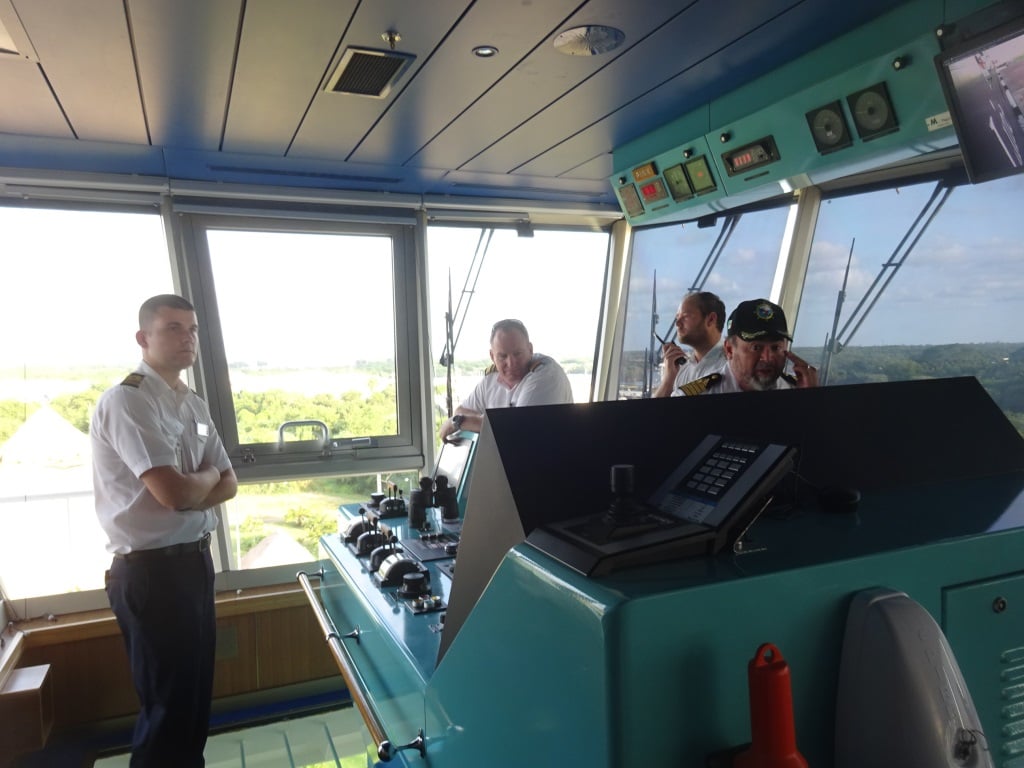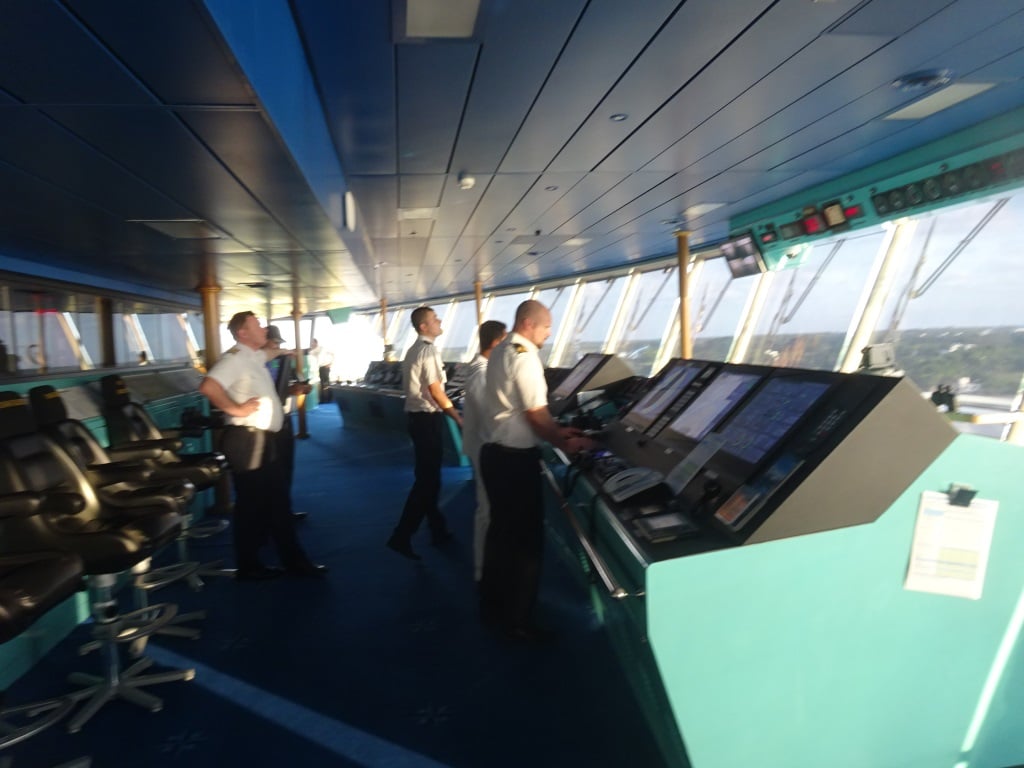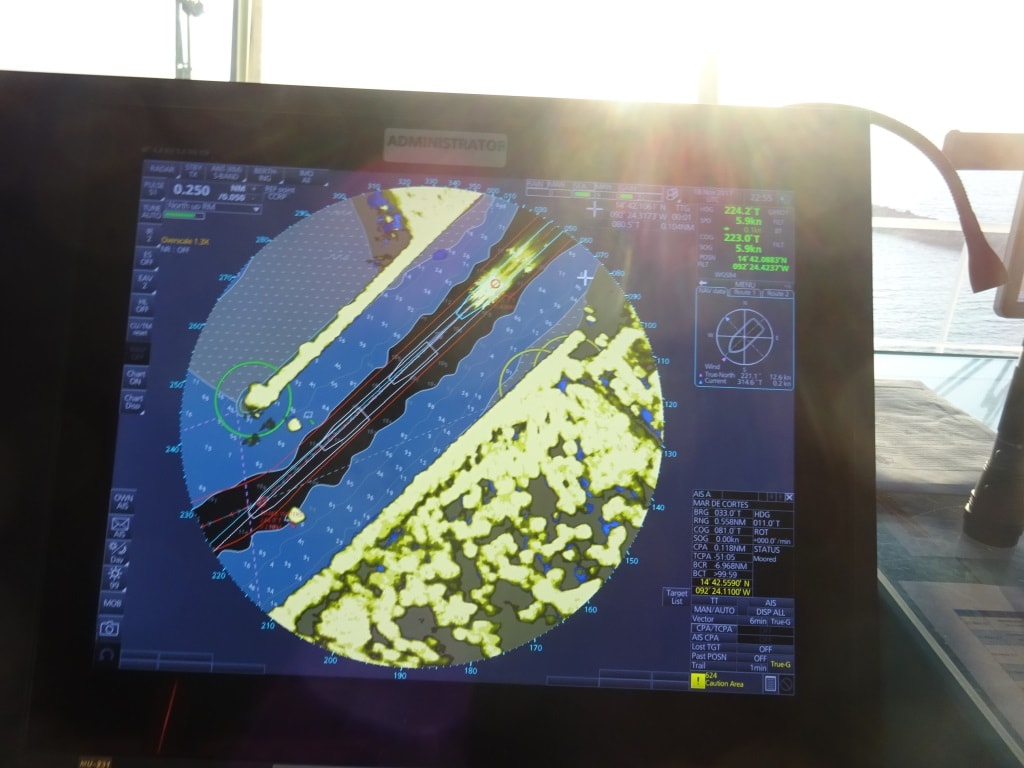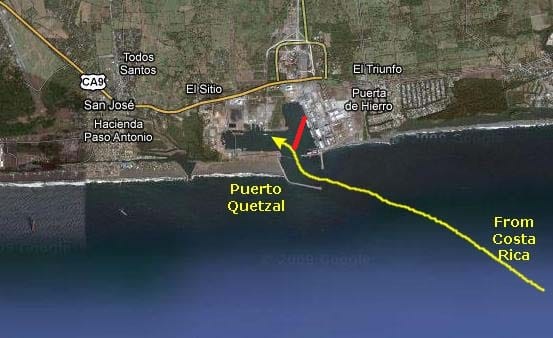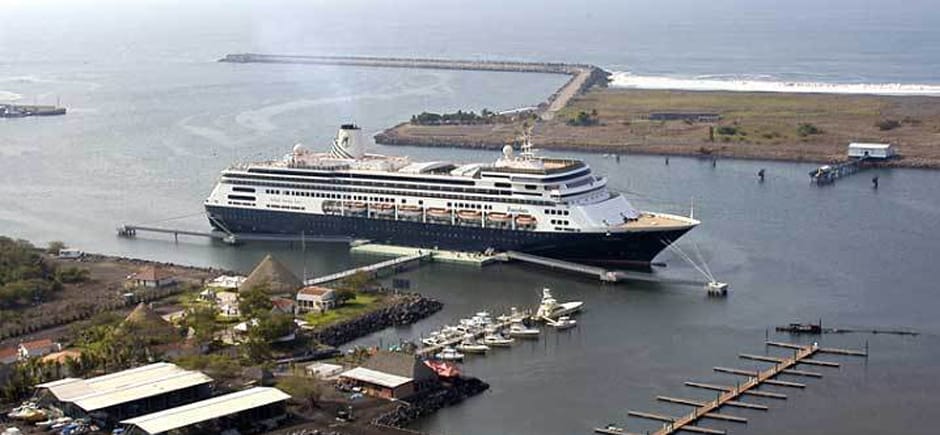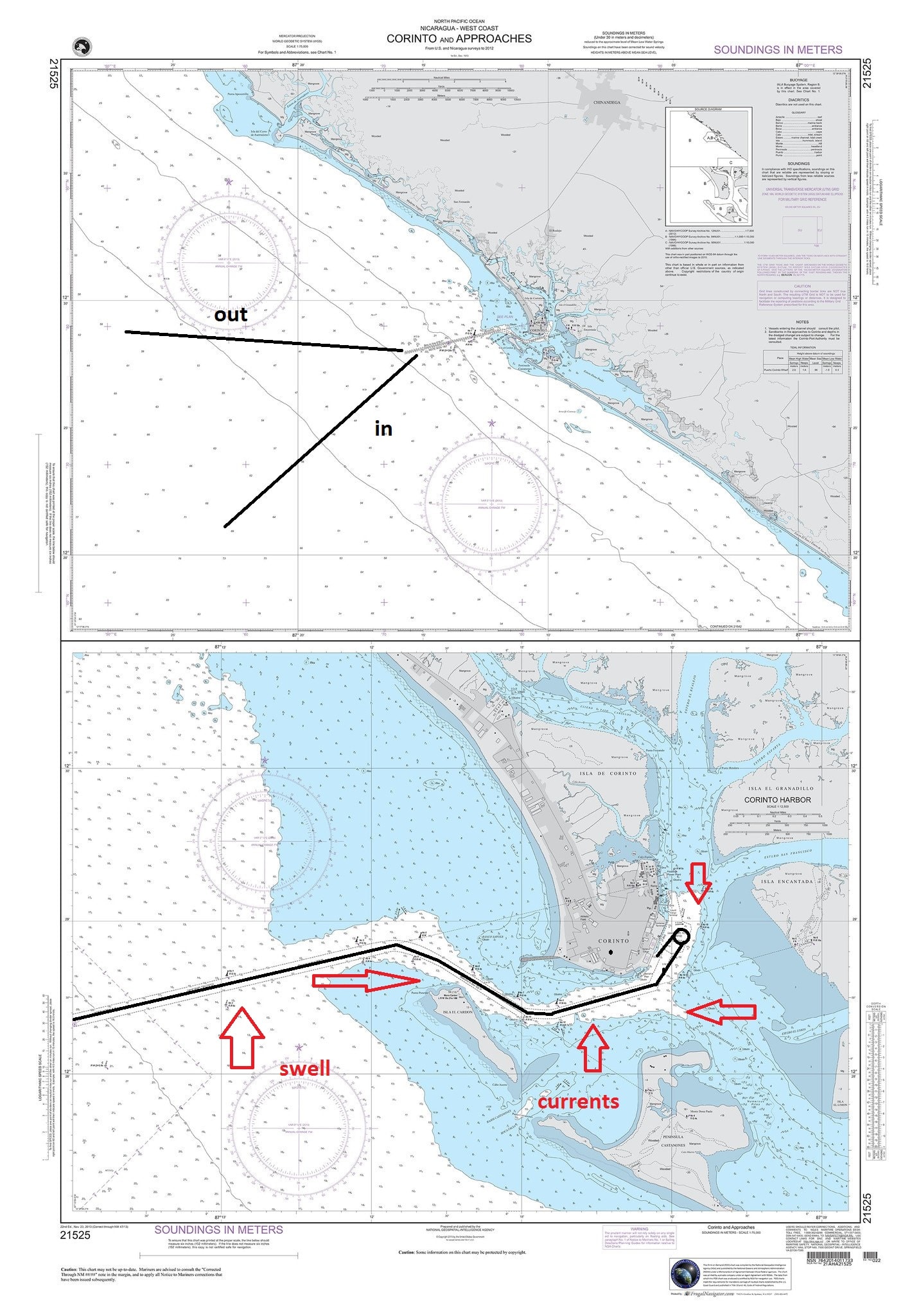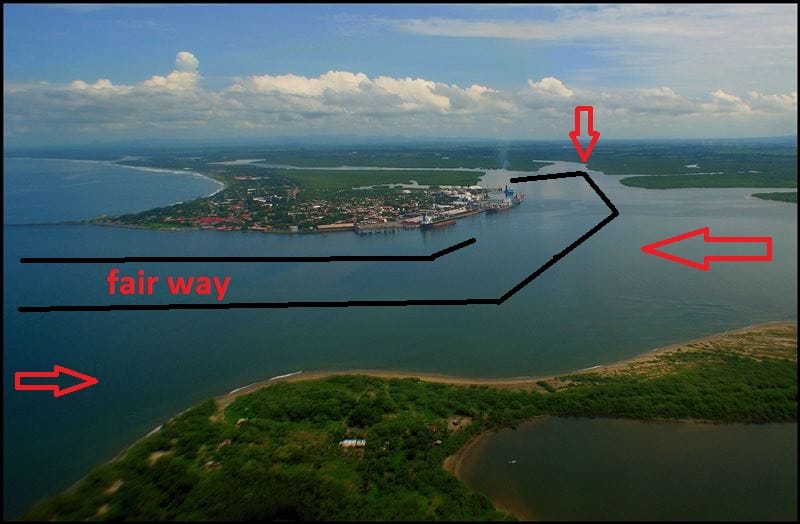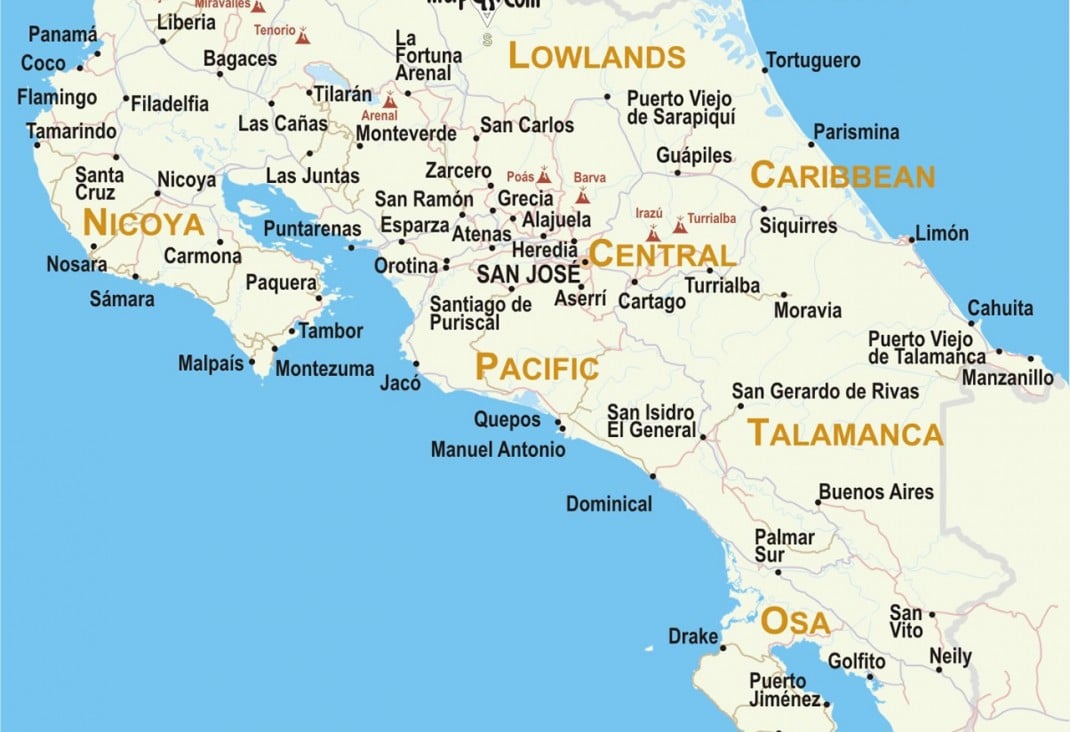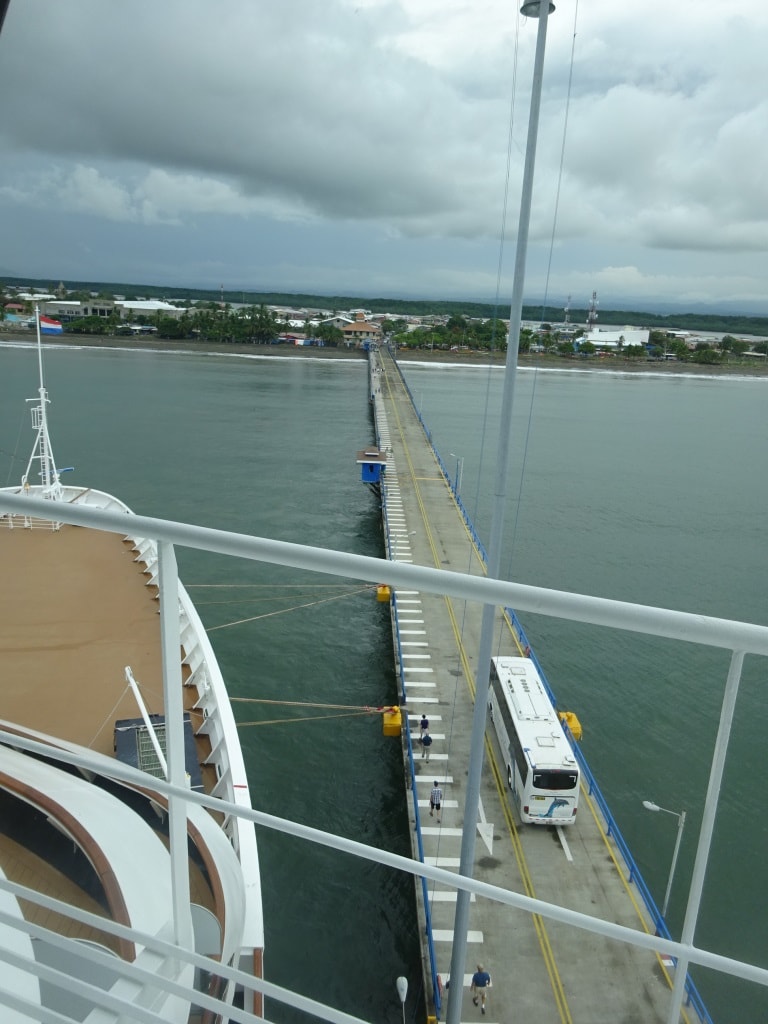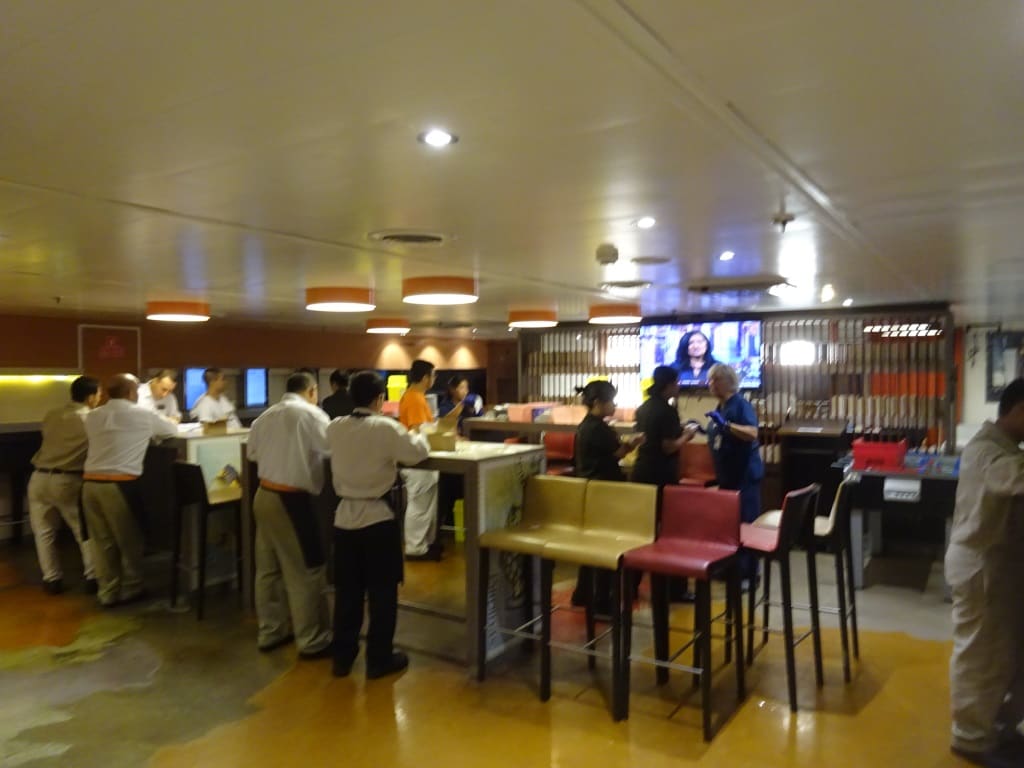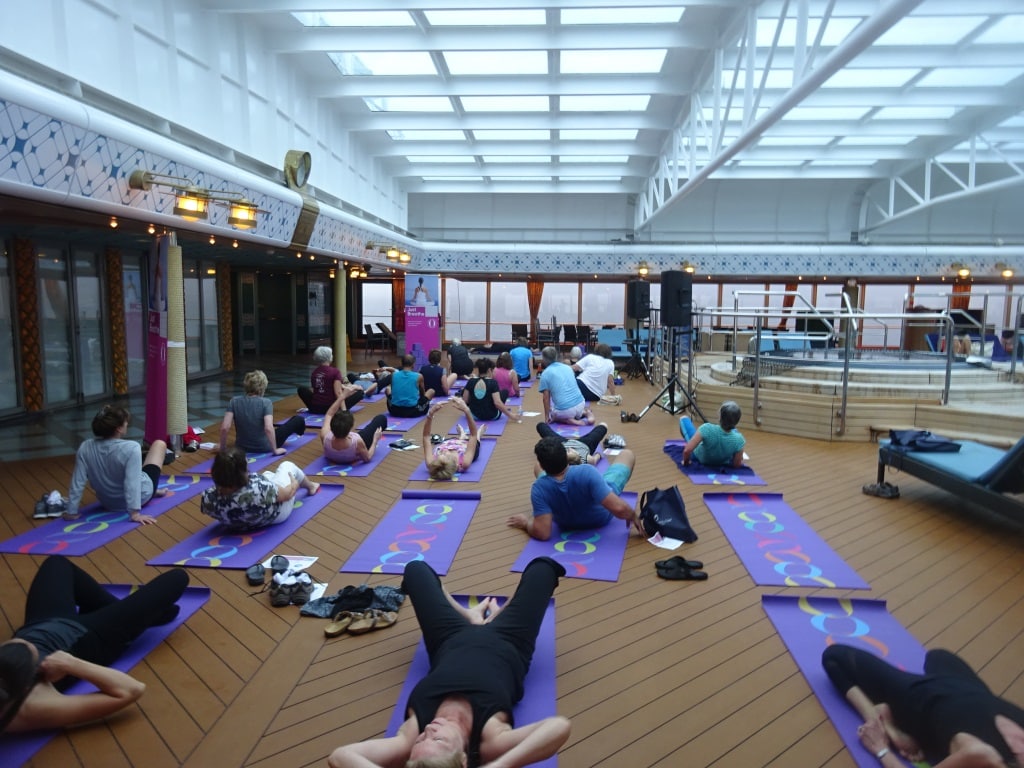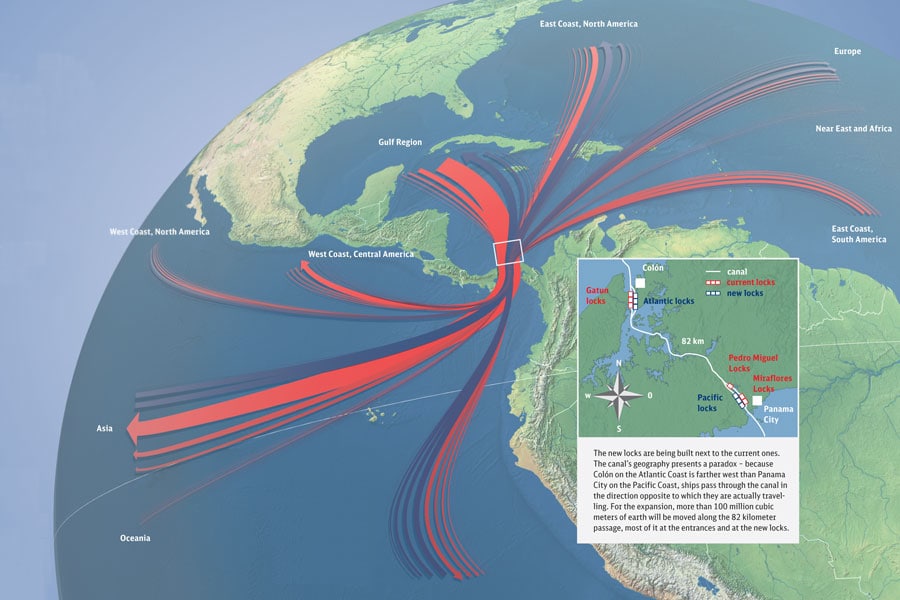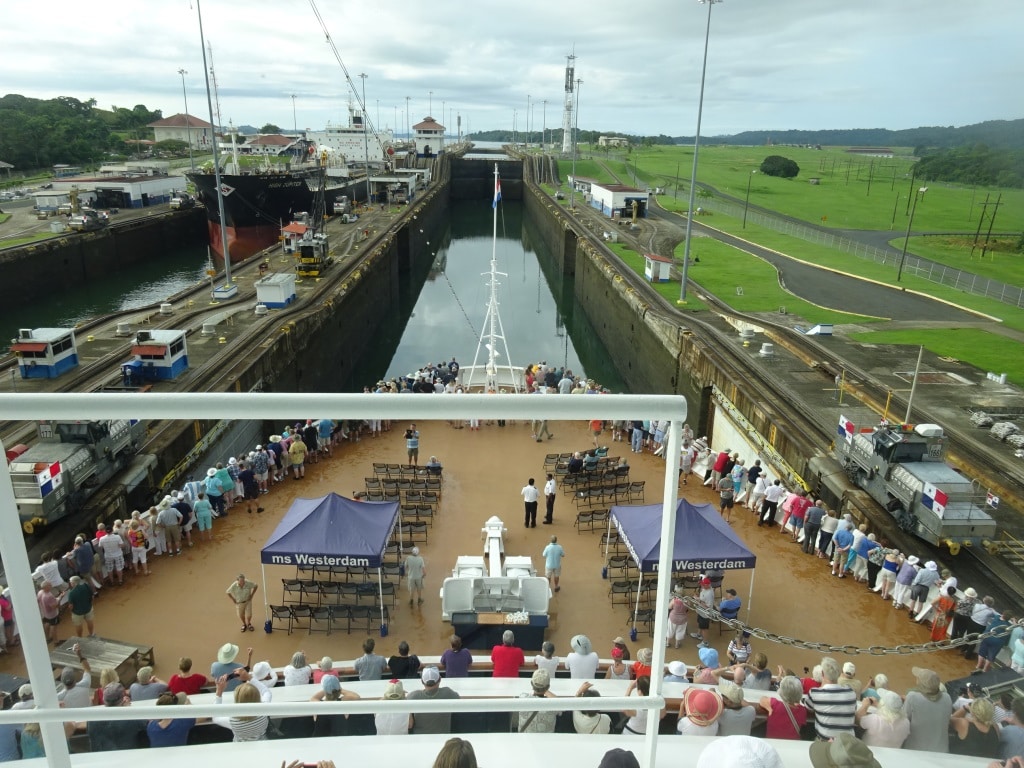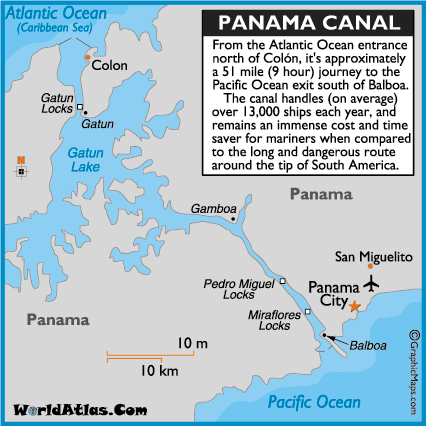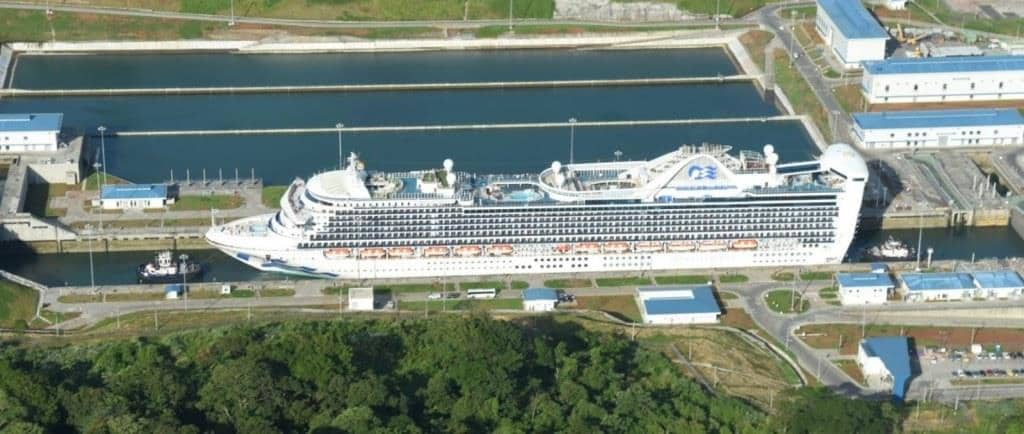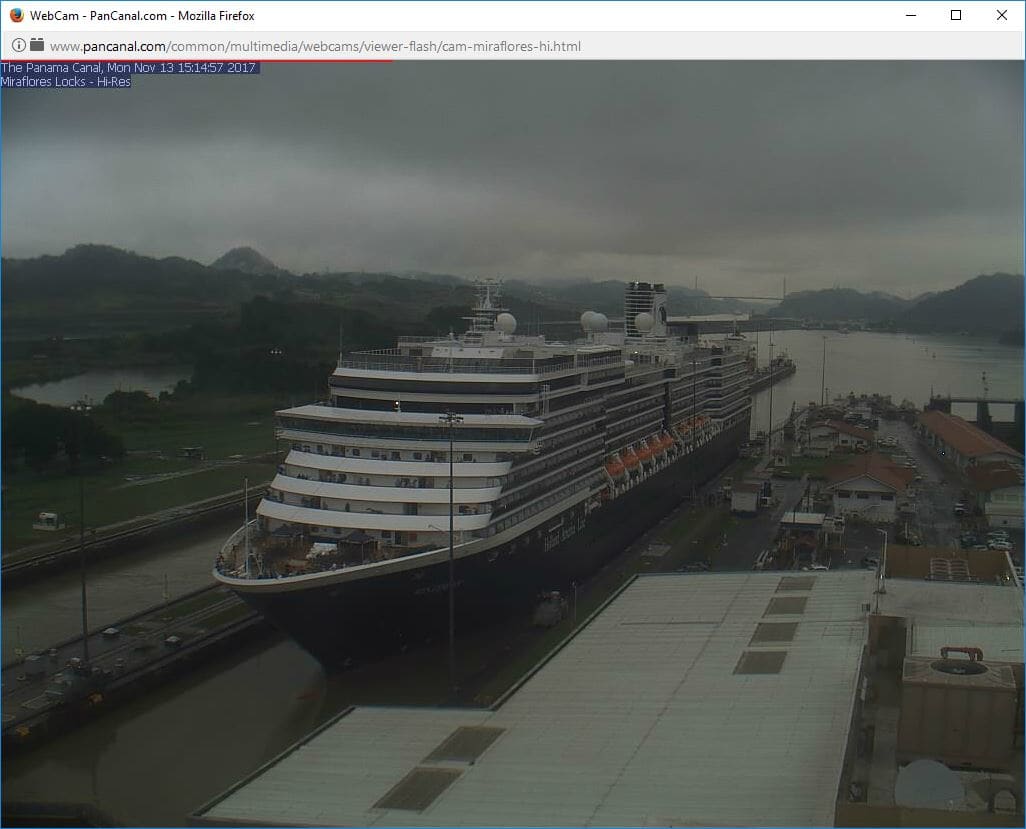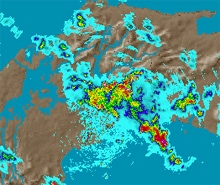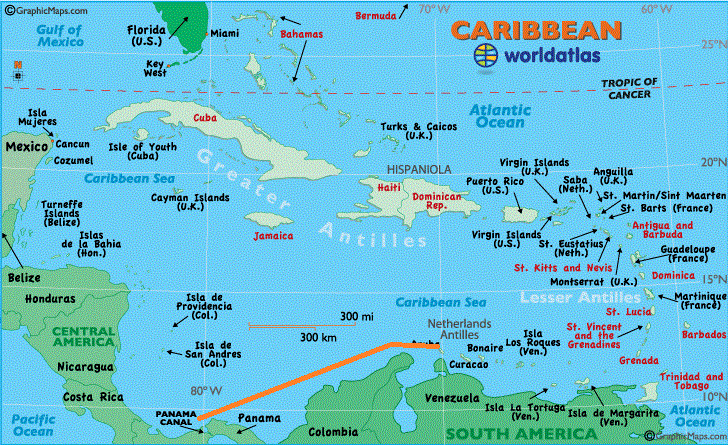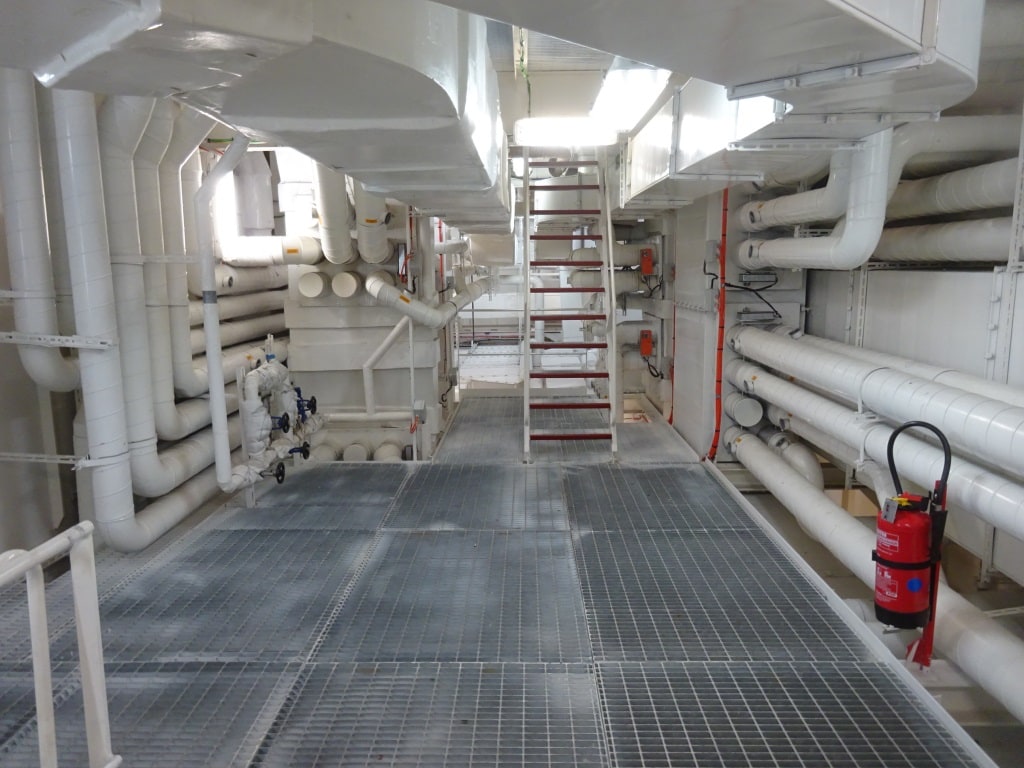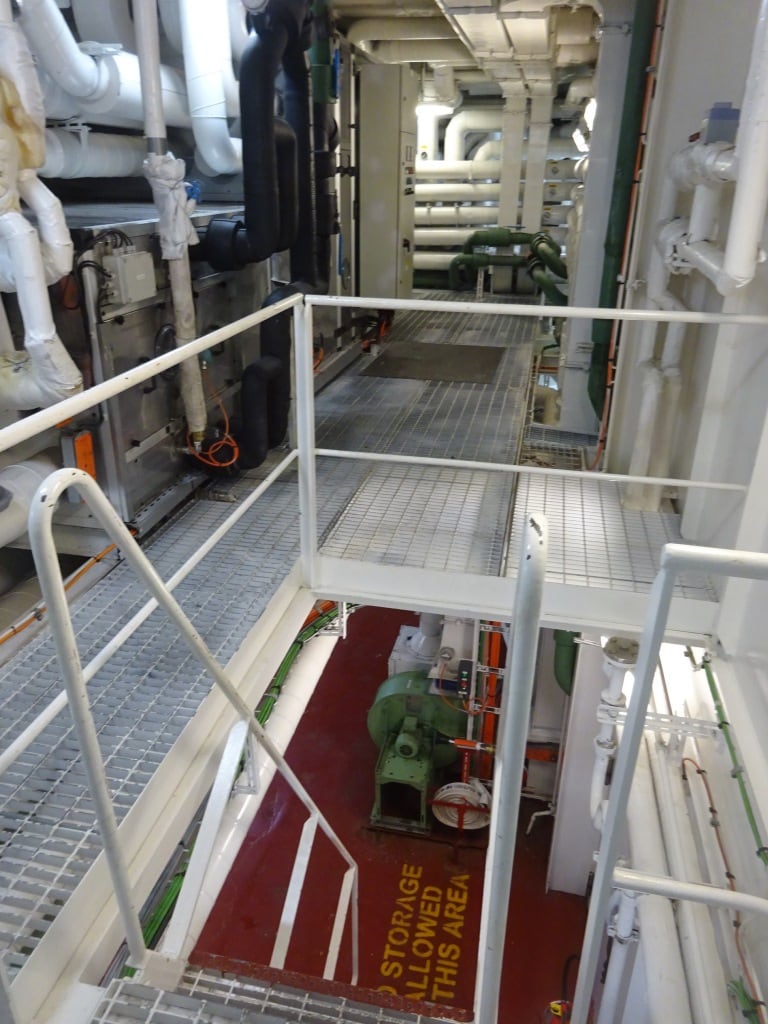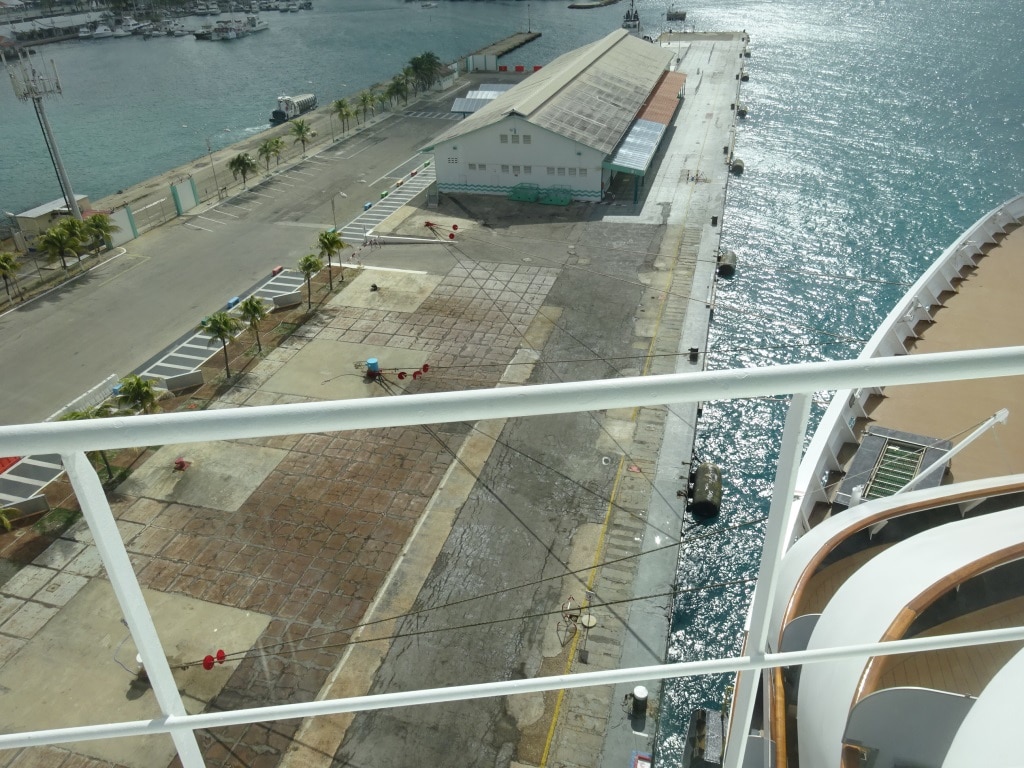A quiet and sunny day at sea today; that is what everybody needed after hopping 4 ports in a row. The weather was true to form and we had a perfect cruise day to enjoy. Also the bridge team were happy as the expected current along the coast came through and pushed us along with 0.5 knots every hour free of charge. On 32 hours sailing that is at least 16 miles free of charge or a one hour sailing free. If the ship burn 90 tons of fuel every 24 hours then we are looking at, at least 3 to 4 tons of fuel saved. That makes the chief engineer happy and every little bit helps as well to keep costs under control. And lower costs will have a positive effect on the ticket price for a cruise.
With very little wind, there were hardly any waves, just a bit of a long low running swell coming from the Pacific Ocean. With a smooth sea surface it makes it a lot easier to spot wild life and we were not disappointed as we saw dolphins and loads of lazy turtles slowly peddling to a destination obviously important to a turtle. They always seem to go a in North Westerly direction as we always see them swimming in line with our course line. Never coming from port to starboard. Maybe they use the current to help them move along or there is somehow nothing of “turtle interest” along the Mexican coast so they simply pass it by.
My day was filled today with clearing up loose ends and to conduct some training’s and drills. Most important of that was a Damage Control drill for the engineers that make up the Damage Control Teams on board as plugging holes and pipes is a technical expertise. In the same way as the deck officers are responsible for lowering lifeboats in an emergency. My challenge is always to make a damage control drill realistic and meaningful. I cannot cut a hole in the hull of the ship and say “plug it” and I cannot put a compartment on board under water either. So it needs creativity. Sometimes I have the option to build a wall on the outside deck with fire hoses spouting water through holes in the wooden paneling but then I have to block off a deck. And you do not want to do that on a nice day as we had to day. Guests wanted to be out there and so they should.
This time I built a smoke box and the smoke simulated the ingress of water. The idea remained the same; plug the holes, if no smoke escapes any more than the hull is watertight again. Luckily a cruise ship always has plenty material available to create a mock up and with 3 luggage bins, damage control support wood, tarpaulins and a smoke machine we were in business. How you patch holes is something that you cannot learn from a book. You have the tools, you have the equipment and for the rest it is engineering ingenuity. Today they used a mattress shored up with wood for the big holes and wooden kegs for the small holes and in 30 minutes time it was all patched up and considered safe by the chief engineer.
Tomorrow we will be in Puerto Vallarta and that will be my last day on the ship. The ship will dock at 08.00 hrs. and we will be at berth 2. There is supposed to be a Princess ship coming as well and going to berth 3. Normally berth 1 is the cruise terminal but that is (still) under re-development and thus we are going to berth 2. Much to the satisfaction of the crew as berth 2 is a bit closer to the shopping center across the road while berth 1 is a bit closer to the city side. Berth 3 is the furthest out but benefits from having the buses for shore excursions being parked the closest to the ship. Thus every berth has something to offer and I do not know which is the best one. We are looking at another good day in Puerto Vallarta. Sunny, warm and not too humid. I think the guests can consider themselves very lucky with this cruise.
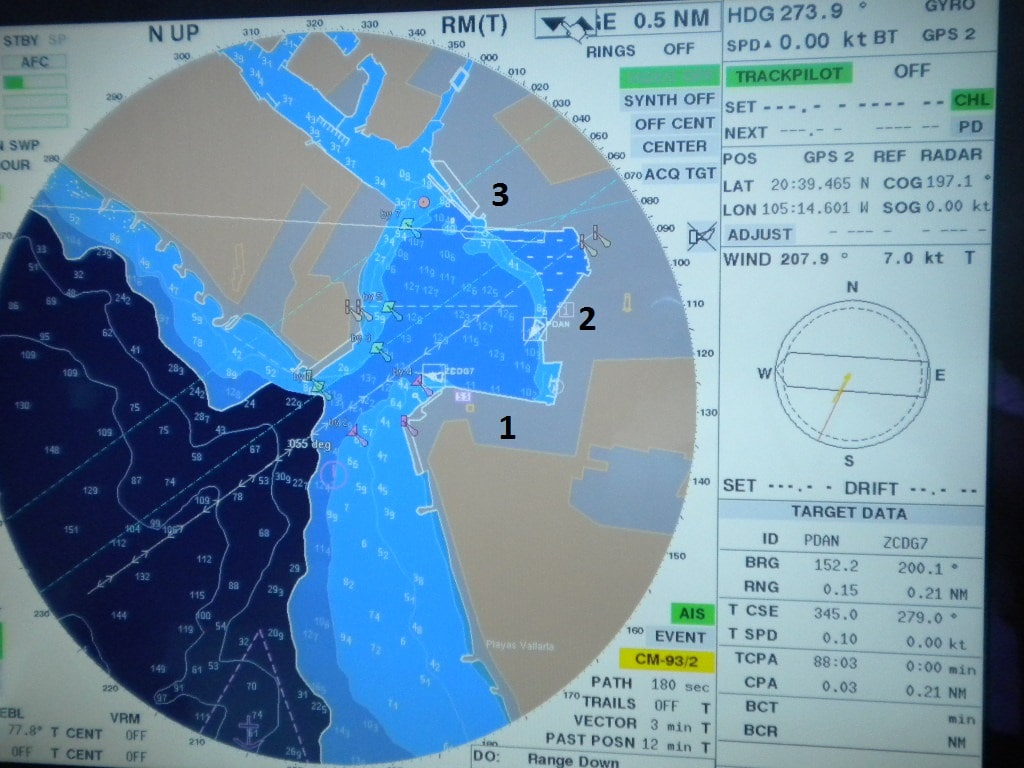
The radar chart picture of Puerta Vallarta. Here the ship is docked at berth 3. Today we were at berth 2, close to the shopping center.
From Puerta Vallarta I will fly home via Mexico City and Amsterdam. I have been away from home for nearly 3 months so it is time to go and see “senior management” again. Also next week I have to attend a training course at our simulator at C-Smart in Almere the Netherlands. If I get the chance to take some photos then I will post them in due course on the blog. And then my vacation will start until the first week of February.
If nothing changes, ………….. although it normally does,………………… but if nothing changes , then I will return to the Westerdam for another School Class with new Navigators. But that is all depending on cabin availability, so I might also end up on another ship. Never a dull moment if you work for Holland America.
Time to say thank you to all my readers from the past period. I hope you found my daily blog of interest and maybe even diverting at times. I should be back with the blog after the first week of February. I hope to add some more material to the historical past of the blog but that will depend among other things upon the “honey do” list of my wife and needs of the apartment building I live in. But the first job at home will be to get all the Christmas tree’s out of the loft and install them in the apartment. So from my side: Happy holidays and a prosperous and blessed 2018.
